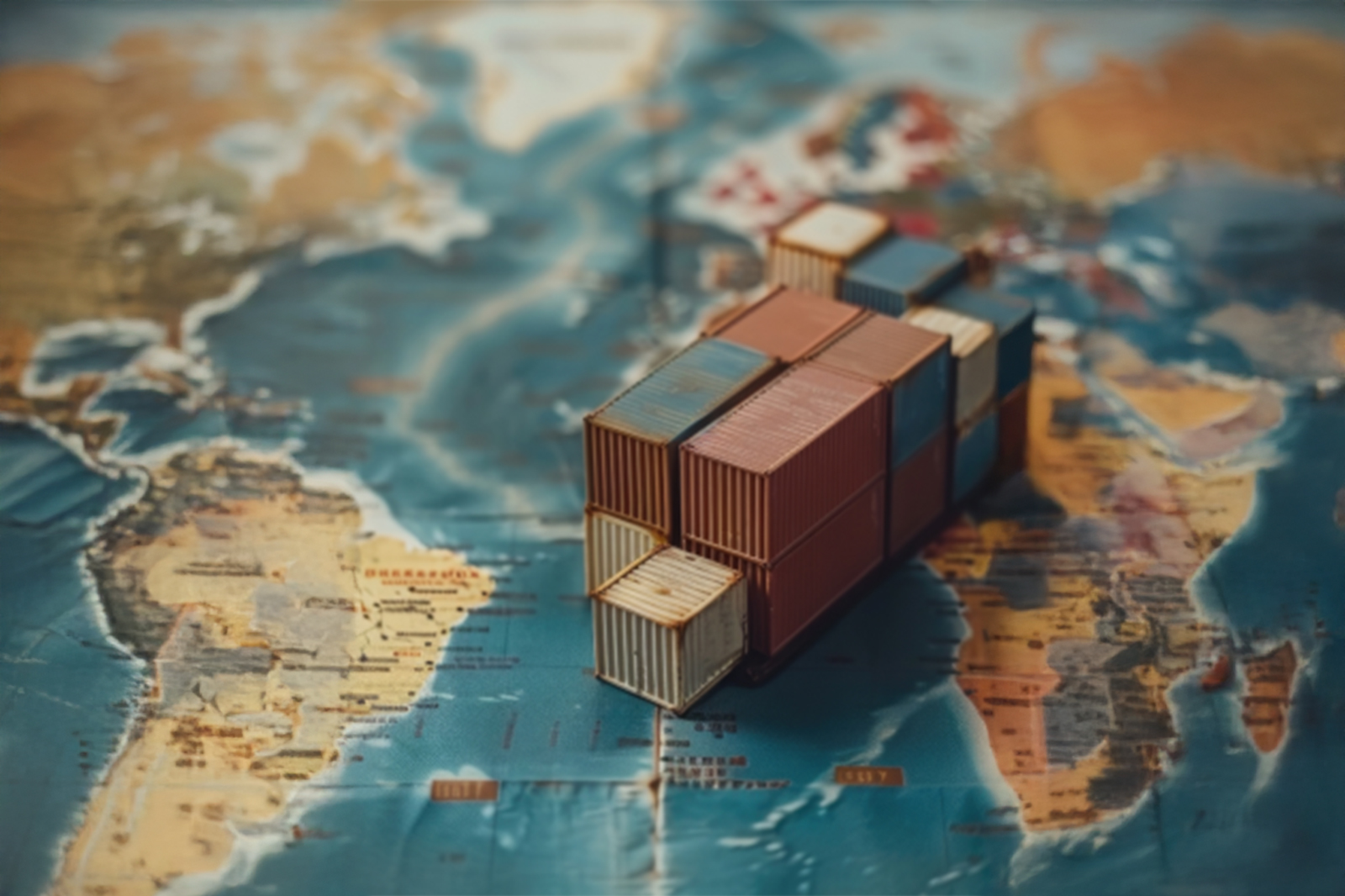Introduction:
Imagine a world where the spices that colored your curries or the silk that adorned your clothes had to travel for months, propelled by nothing more than wind and human ingenuity. This was the reality for most of human history, and the story of global shipping is a testament to our relentless pursuit of connection and commerce across vast distances. Today, we’ll explore this captivating saga, tracing the evolution of trade routes, marveling at the resourcefulness of past logistics solutions, and finally, seeing how they connect to the streamlined efficiency of modern freight forwarding.
In the chronicles of human history, few tales are as captivating as the story of global shipping. It’s a narrative that spans millennia, weaving through ancient trade routes, witnessing the rise and fall of empires, and culminating in the intricate logistics solutions of the modern era. Join us as we embark on a journey through time, unraveling the secrets of cargo shipping and its profound impact on the world.
Ancient Trade Routes: Connecting Continents
From the earliest days of civilization, humans have sought to exchange goods across vast distances. Ancient trade routes like the Silk Road, connecting Asia with Europe, and the maritime routes of the Mediterranean, laid the foundation for global commerce. These societies used rudimentary reed boats on rivers and along sheltered coastlines. These routes facilitated the exchange of silk, spices, and other valuable commodities, shaping economies and cultures along the way.
The Age of Exploration: Charting New Waters
The 15th and 16th centuries marked a new chapter in the story of global shipping with the Age of Exploration. Explorers like Christopher Columbus, Vasco da Gama, and Ferdinand Magellan embarked on daring voyages, seeking new trade routes and expanding the known world. Their discoveries opened up new avenues of trade and sparked an era of unprecedented global exchange. These journeys opened up a world of possibilities, bringing back exotic goods like sugar, tea, and cotton, while forever changing the global economic landscape.
“Global shipping is not just about moving goods; it’s about connecting continents, cultures, and histories through the ages.” – John Smith, Maritime Historian, from “The Untold Story of Global Shipping”
Industrial Revolution: The Rise of Modern Shipping
The Industrial Revolution is witnessed in 18th and 19th centuries brought about profound changes in shipping technology, revolutionizing the way goods were transported. Steamships replaced sailboats, reducing travel times and increasing cargo capacity. The construction of canals, such as the Suez and Panama Canals, further streamlined global trade routes, making it faster and more efficient to transport goods across continents. In 1956, the ‘Ideal X,’ a converted World War 2 tanker, made history as the world’s first container ship, sailing from Newark to Houston with 58 shipping containers onboard. International standards for cargo containers were established, allowing for faster loading and unloading, further streamlining the process. Did you know, Abrao group handled the first container to India at the Cochin port as stevedores for APL in 1973?
The Rise of Modern Freight Forwarding
Today, global shipping is a marvel of efficiency. In the 20th century, the advent of containerization transformed the logistics industry, paving the way for the modern era of freight forwarding. Giant container ships, some stretching longer than four football fields, carry over 90% of the world’s traded goods. Modern freight forwarding companies like Triton Logistics & Maritime handle everything from freight to customs clearance and route optimization, ensuring goods reach their destinations seamlessly. Did you know, it’s estimated that around 20 million shipping containers are travelling the world’s oceans on any given day? As technology advances, we can expect even more innovation in global shipping. Automation, data-driven logistics, and potentially even autonomous ships could further revolutionize how goods travel around the world.
Conclusion:
From the ancient trade routes of antiquity to the modern marvels of freight forwarding, the story of global shipping is a testament to human ingenuity and enterprise. As we reflect on this rich history, let us marvel at the ingenuity of past logistics solutions and embrace the opportunities for innovation in the future.
Join the conversation by sharing your thoughts and experiences below, and don’t forget to subscribe for more fascinating insights into the world of global freight forwarding.




